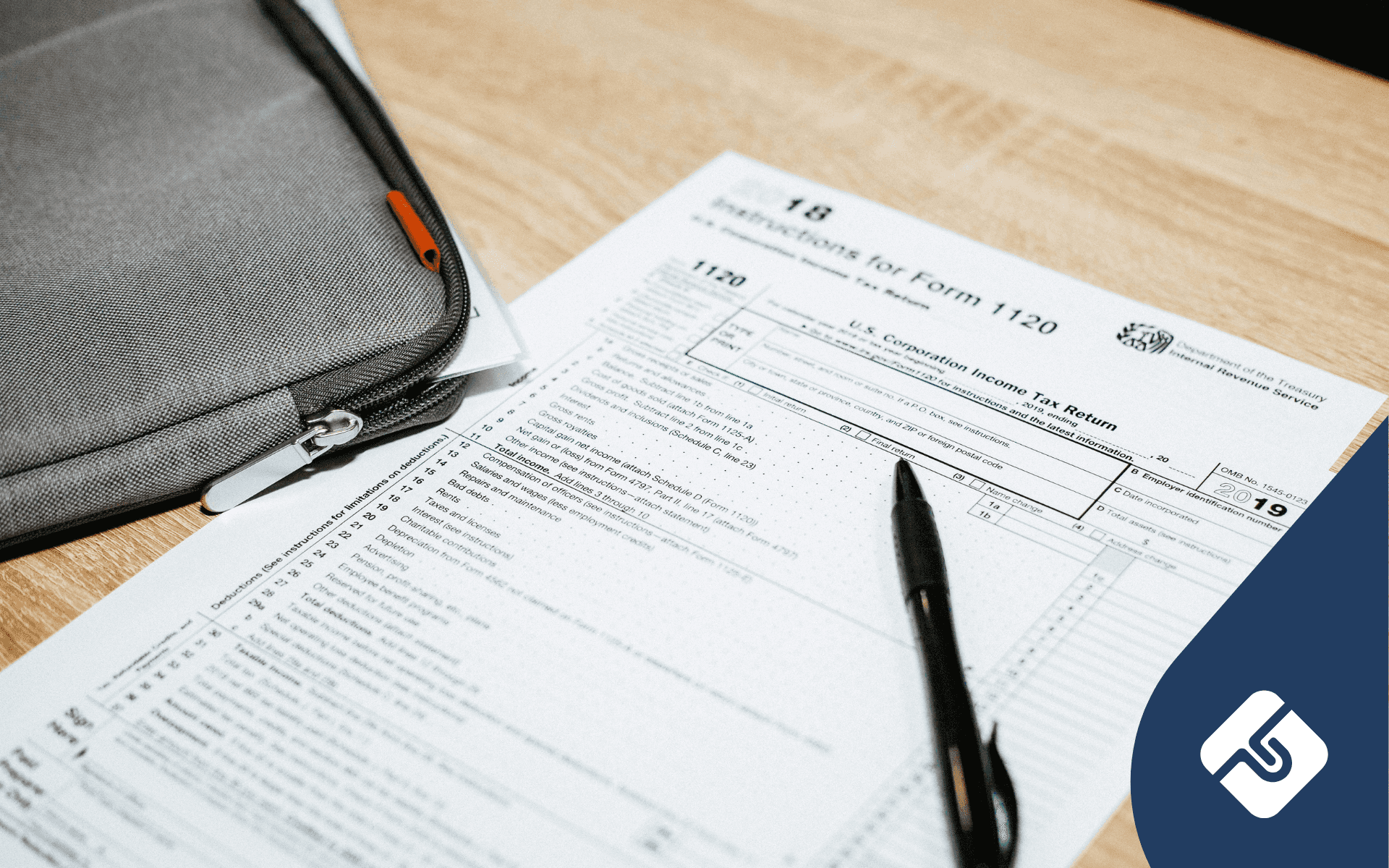Sydney-based lawyer. Formerly Legal Intern at Lawpath.
Are you interested in health and fitness? Do you go to the gym yourself or are willing to learn more about strength and conditioning? Starting a personal training business could be the right fit for you. It could be an easy way for you to replace your income or develop a lucrative side hustle. In this article, we’ll suggest how you might start a personal training business and some important considerations that might affect this process.
You can also check out our online guide for more lucrative business ideas.
1. Get Qualified
To operate as a personal trainer in Australia you are required to obtain Certificate IV in Fitness. Without an appropriate qualification, you are unable to give advice as a professional.
Additionally, whilst not mandatory it is valuable to become a member of one of the Australian registering bodies. They can list you on their online directory of personal trainers, give you discounts on professional insurance and give you use of their logo for business purposes.
2. Plan your Business
You can set up a personal training business in many different ways. Considering what format suits you and your clients’ needs is critical to your ability to succeed and ultimately turn a profit. Some important questions you might want to consider are:
- Who is your target market?
- How will you grow your business?
- Are you going to be a mobile business or operate in an existing gym?
- Do you need to purchase any equipment or a van to transport any equipment?
- If you will operate in an existing gym, on what terms will they allow you to operate?
- What is the best way to reach your audience?
- Will you have a website?
- Will you have a social media presence?
If you aren’t sure of the answer to some of these questions then you might want to seek advice. If you know any personal trainers, clients of personal trainers or others in the industry ask what works and why. Alternatively, you can do your own research and compare what is working for similar businesses in the area or for personal trainers in other locations.
3. Sort out your Legals
There are several legal things you can do to protect yourself from liability and ensure your business meets its legal obligations.
Decide how you will Structure your Business
There are four main business structures: sole trader, partnership, trust and a company. Each of these business structures has its advantages and disadvantages and deciding which is right for you will depend on your individual circumstances.
Get an ABN (Australian Business Number)
As a sole trader, you are not required to get an ABN by law until your annual turnover exceeds $75,000 (before tax). It will, however, be an advantage if you do as it will allow you to more easily trade with other businesses and claim GST credits. Conversely, if you structure your business as a company you will need an ABN to set up your business.
Register your Company
If you choose to operate as a company you will need to register your company prior to operating. Sole traders and partnerships are not required to register separately.
Register your Website Name
Whether you can get your chosen website name might affect how you name your business. You can search for available website names with the government to view your options prior to registering your website and/or business.
Insurance
Operating as a personal trainer might open you to a range of risks some of which cannot be anticipated. Purchasing business insurance will ensure that you are protected from such risks, giving you piece of mind and greater operating certainty.
Agreement with Gym
If you plan to operate in an existing gym’s facilities then you will need to reach an agreement on how and when you can use their facilities. Different gyms will have different terms and policies. As such, it is best to understand the terms of the agreement and to have them in writing. This will allow you to refer to them at any time or in the event of a problem.
4. Sort out your Finances
Get a Tax File Number (TFN)
Sole traders can use their existing personal TFN. However, if you choose a partnership or company your business will need its own TFN.
Open a Business Bank Account
Keeping a separate business bank account will simplify how you manage your business’ finances. In particular, it will save you time at tax time as all your business transactions and account summaries will be easy to view.
Register for GST
All transactions in Australia are subject to a 10% goods and services tax. You are required to register for GSTwith the Australian Tax Office if your business has an income of $75,000 before tax.
Business Accounting
Depending on the nature and scale of your business you might wish to use an accounting software program or hire a business accountant to assist you with financial decisions.
5. Get Clients
Book Clients
If you have existing contacts or clients already awaiting your services you can start generating sales straight away.
Advertise
If you don’t already have clients you can generate interest through advertising. You can do this in many different ways depending on your target market, needs and budget.
Summary
The steps taken to start your own personal training business will largely depend on your individual circumstances. The above list provides several recommendations as to things that might be relevant however if you are unsure sometimes it is best to seek professional advice.

Get a fixed-fee quote from Australia's largest lawyer marketplace.






